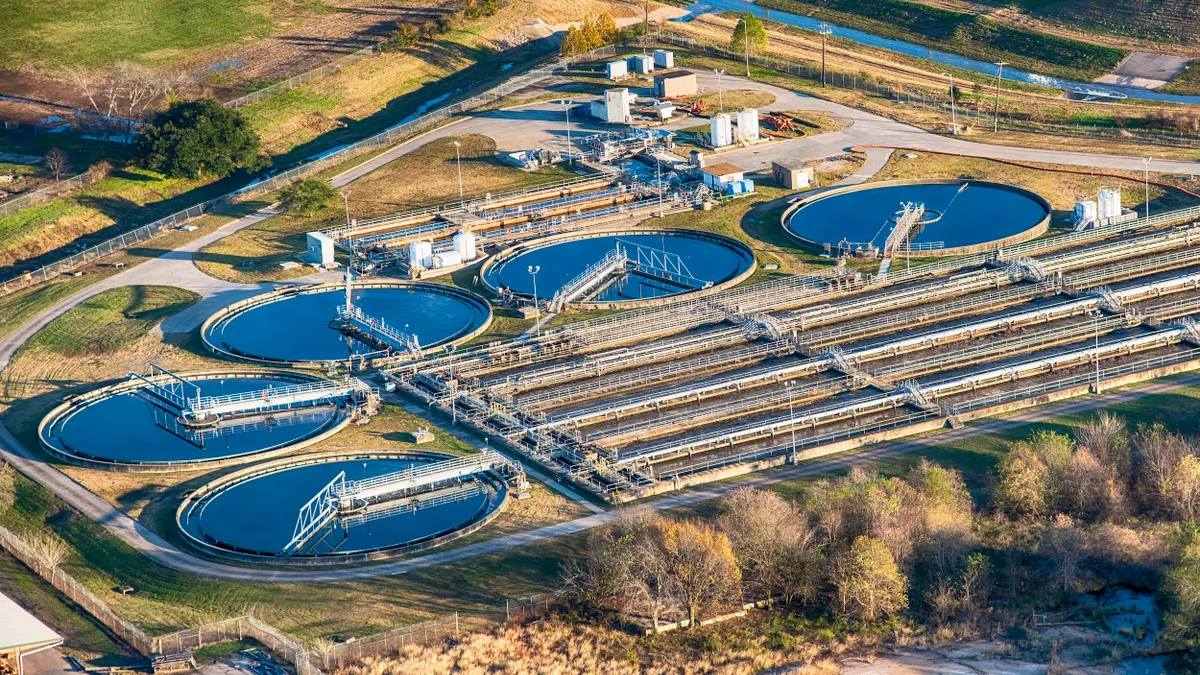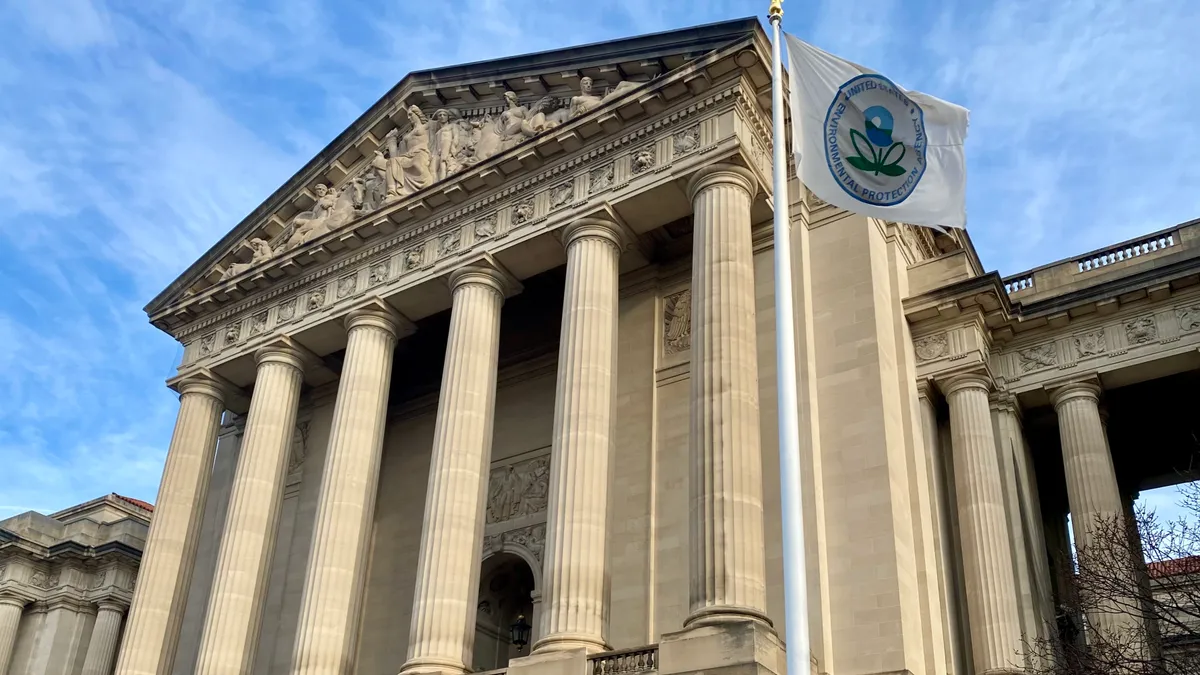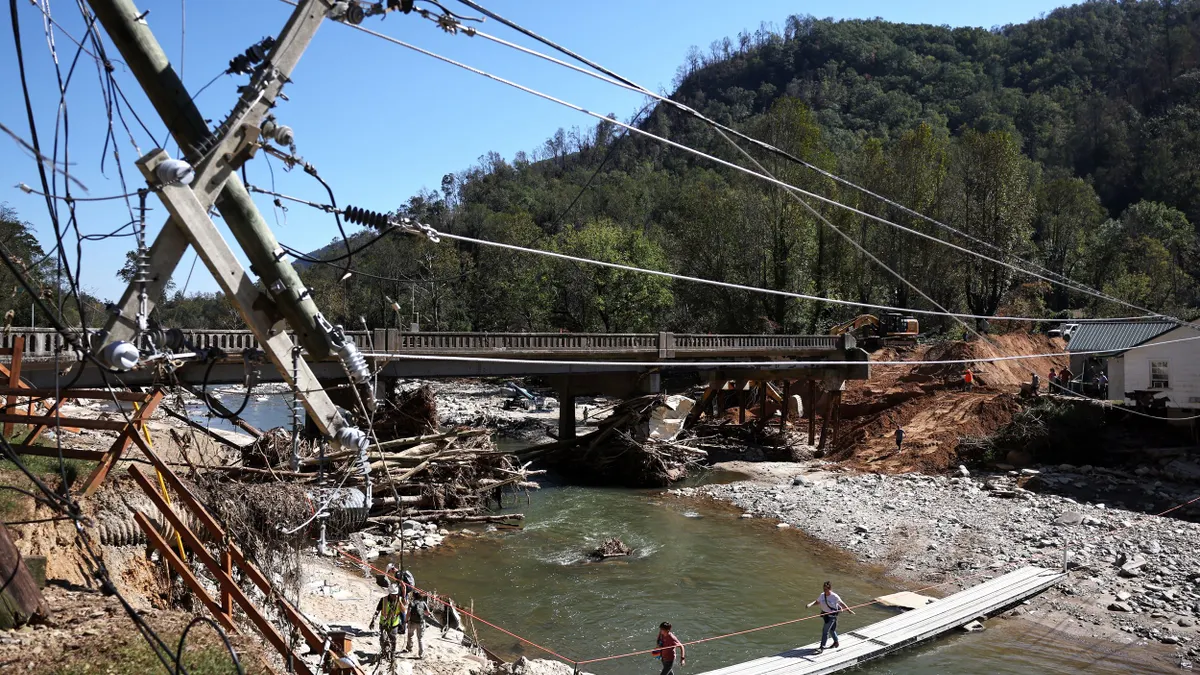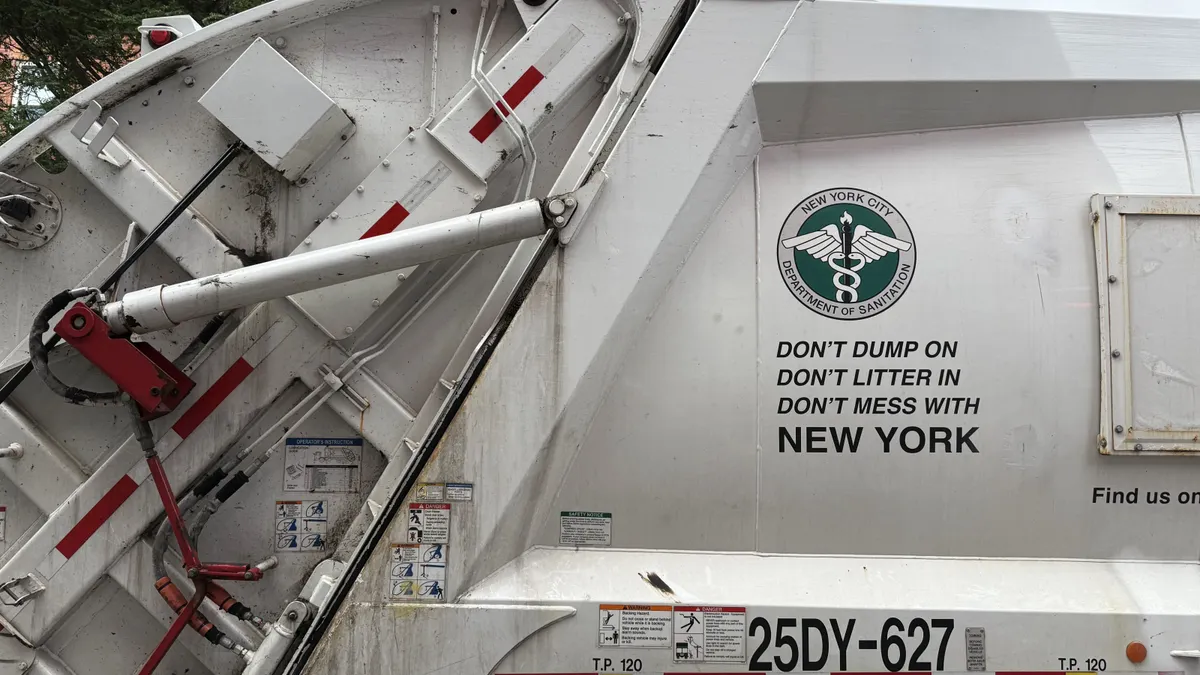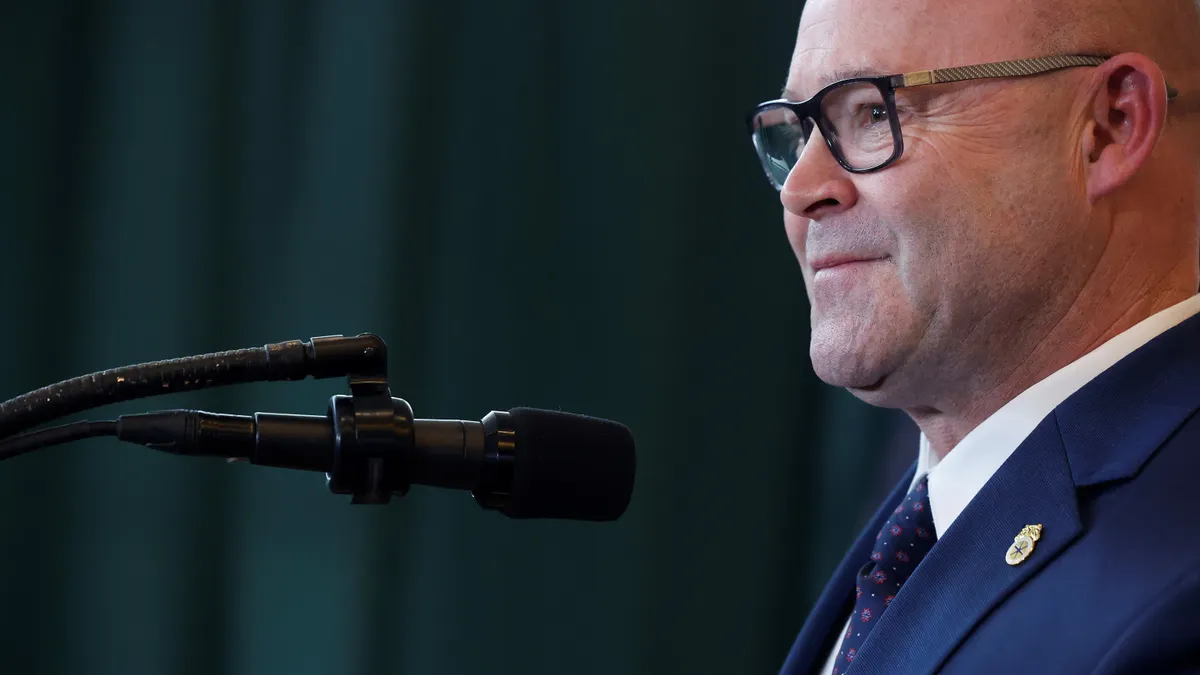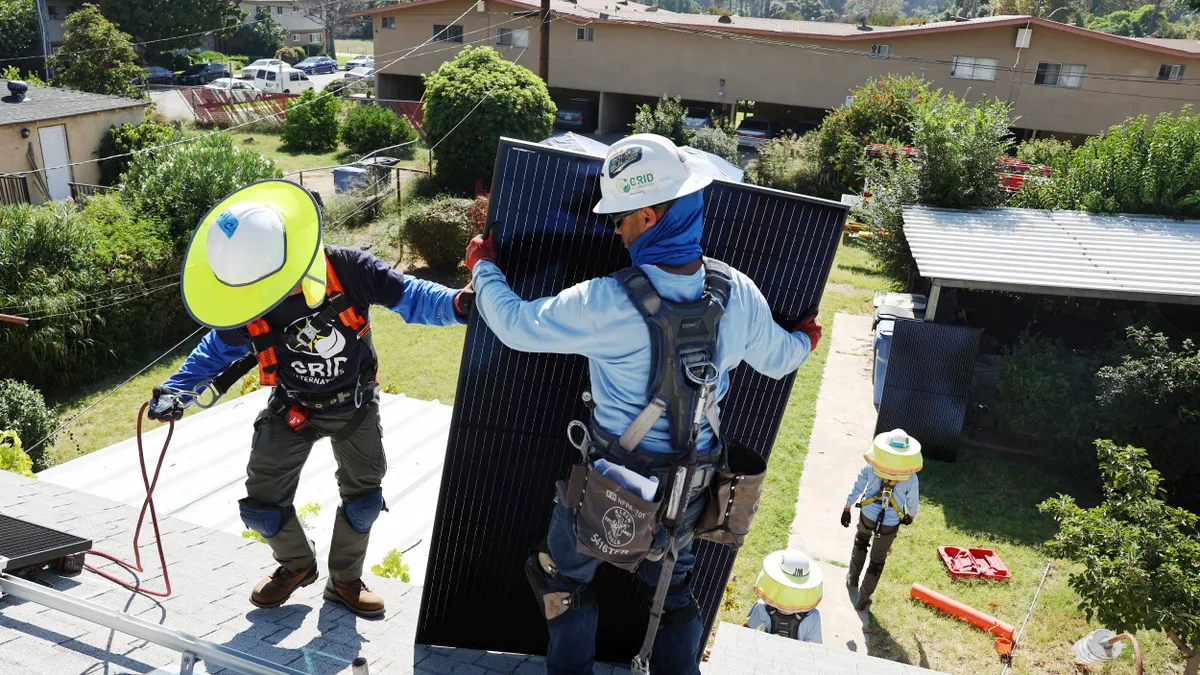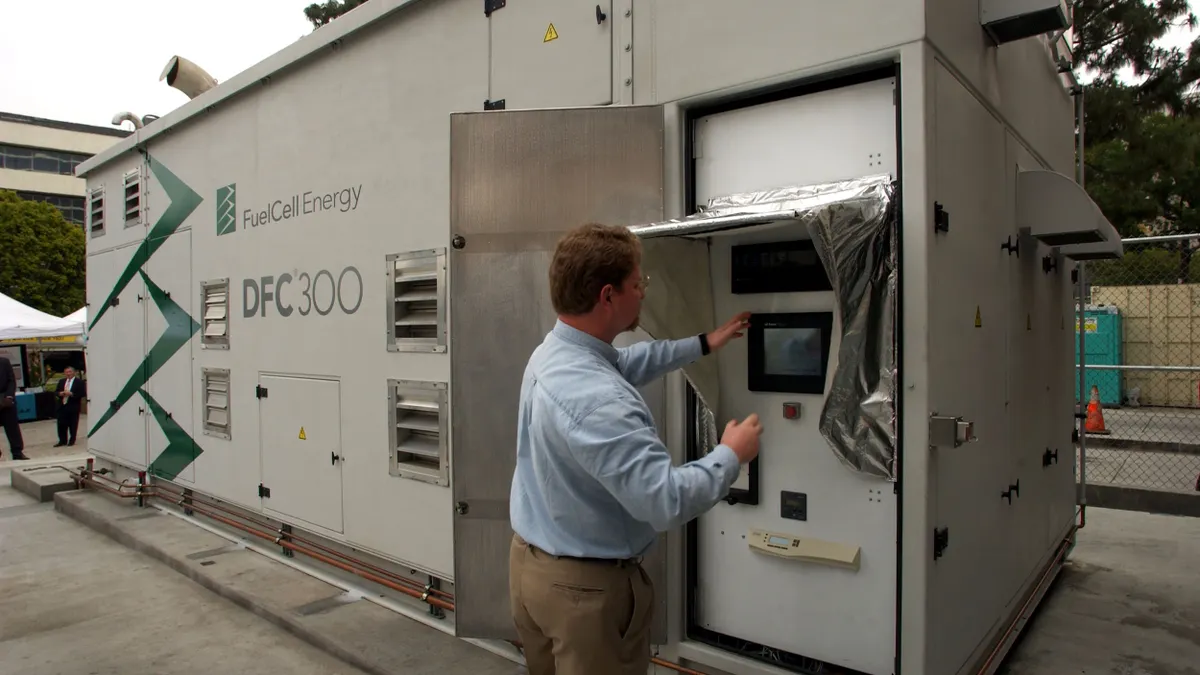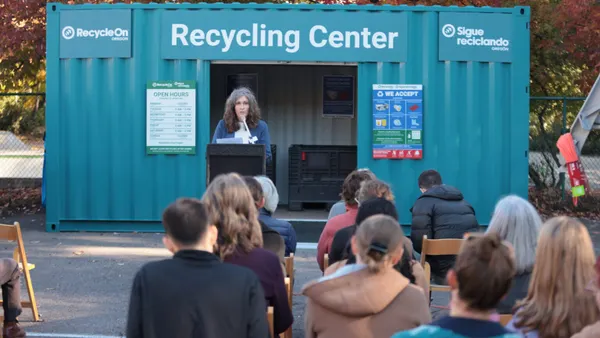Lori Sutton is executive vice president and chief human resources officer at American Water.
Across the U.S., more than 2 million miles of underground transmission and distribution lines carry drinking water into American homes and businesses. Despite its critical importance, the network is underfunded and in need of modernization and repair. According to the American Society of Civil Engineers, 450,000 water mains are awaiting repair due to funding, contributing to annual water losses of 33 trillion gallons. According to the American Society of Civil Engineers, an estimated 240,000 water main breaks occur each year; aging infrastructure contributes to the loss of over 2 trillion gallons of water every year.
Increased investment in infrastructure is sorely needed to prevent this level of loss and safeguard the future of our nation’s water. But the water sector is also facing another risk: an aging workforce.

According to Black & Veatch's 2023 Water Report, the aging workforce and difficulty hiring qualified employees was the second-largest concern among about 450 water sector stakeholders. Interest in water utility careers has declined, leading to increased competition among utilities for qualified candidates. This situation poses significant challenges for organizations with limited financial resources, particularly smaller utilities.
Without robust succession plans for the water workforce, meeting federally mandated water quality standards is at risk. Recreational and economic benefits associated with clean water resources could erode. Customers may lose confidence in a utility that’s often taken for granted, and our nation’s resilience in the face of weather-related events may be threatened.
A comprehensive response to the water workforce crisis requires a coalition of stakeholders across the water industry and beyond. Federal and state partners must work alongside private utilities, labor organizations, local governments and communities to identify, attract and recruit talented applicants from a variety of backgrounds. Then we need to use every tool we have to engage the next generation and show it that the water sector is innovative, technology-forward and vital to the future.
As the largest regulated provider of water and wastewater services in the U.S., American Water understands the importance of a strong workforce. Our 6,700 employees bring passion and purpose to their work every day. They live and work in the communities we serve — our water is their water, too. Yet we, too, are looking for our future teammates, as approximately 35% of our workforce is eligible for or approaching retirement in the next few years.
To feed the water talent pipeline, we should focus on growing the awareness of water careers, which are often not top of mind for jobseekers, and maintaining robust partnerships with local nonprofits, employers, colleges and universities, unions, work development boards, chambers of commerce and other organizations. We also need to cast a wider net and reach audiences that have never even thought about water careers.
Train-to-hire programs have proven successful. Across several American Water state subsidiaries, we partnered with Hopeworks, a Camden, New Jersey-based nonprofit focused on reskilling and workforce development. The program has successfully engaged, trained and employed approximately 100 young adults on geographic information system projects.
Likewise, the New Jersey-based Water UP! program provides hands-on training for adults from communities in our service areas and helps them identify and pursue careers in the water sector. Developed in partnership with Rowan College of South Jersey, the curriculum ranges from water treatment and distribution to safety and ethics — a broad remit that reflects the skill set this industry requires.
The water industry also needs to embrace AI, which could draw more interest from young applicants. AI technologies have the potential to reshape the water industry by enhancing operational efficiencies and our ability to deliver safe, clean, reliable and affordable water to communities across the U.S. It will have multiple uses for workers, including predicting maintenance needs, monitoring and automating other parts of operations and customer care. It can be an essential benefit for our future workforce, and supporting the upskilling it will require is a critical next step.
The challenges facing America’s water workforce are significant, but they also bring great opportunities for the next generation. Through community engagement and innovation, including the adoption of AI technologies, the water sector can build a stronger, more resilient workforce that can safeguard our most precious resource for generations to come.


